Oddly Normal marked a rare foray for Image Comics into the children’s book market, and it appears to have been a successful one. Image got the series into the well-known, widely attended Scholastic Book Fair, which opens Oddly Normal up to a whole new audience and expands its commercial options. Creatively, Oddly Normal is a quirky, clever, heartwarming series that stands with the kind of work coming out from Scholastic’s own GRAPHIX imprint. I chatted with writer/artist/author Otis Frampton about everything from coming up with the idea to seeing it in stores.
How did you first get involved in comics?
My first published work in comics was actually the original version of Oddly Normal. It was first published in 2005. I’ve done other work for various companies since then. But that was the first.
Where did you find your artistic style?
Like all artists, my style is the result of being influenced by my favorite artists, then drawing so much that all of the influences gelled and eventually I stopped thinking about influences or even about the fundamentals of drawing and just drew things the way that I saw them in my head. Young artists are obsessed with having a “style.” But my experience had been that one’s true style only emerges when you draw so much that you stop thinking about it. It will emerge on its own. If I listed some of my favorite artists, I don’t know if you’d be able to see their influence on my work. For example, Frank Miller is one of my favorite comic artists, but I don’t really see any of him in my own drawings. I think the artists that have most influenced my style (and you would recognize their DNA in my work) are Bruce Timm, Berkley Breathed, Jeff Smith and Skottie Young. But I think that animated films have influenced me more than anything else. I want my comics to look like animated movies on the page.
It’s not mentioned often, but the Twin Cities has a pretty large community of comics creators. Have you connected with other comics folk in the area?
Yeah, I’ve connected with other artists in the Twin Cities. Usually we see each other at the various comic conventions and at Free Comic Book Day. If there is a meeting of local artists I’m not aware of it, though. I think we’re all too busy making comics to hang out and talk about them!
Can you describe how Oddly Normal went from conception to publication?
The original idea came from sketch that I drew in 1999. I developed it as a webcomic in late 2001 and started the comic series in 2005. So… 17 years! But the latest incarnation really began in 2012 when my literary agent dropped me after pitching the series to every graphic novel publisher and get rejected. After that I had to start all over and reboot the project. I decided to start fresh and do a new, expanded version of the story with all-new artwork. I pitched it to Image Comics in January of 2014 and the series began in September of that year. Since then, there have been some changes in the publishing plan. After issue #10, Image and I decided to just put out trade paperbacks. Book 3 will see a resumption of the series, and that will be out in April.
What are some influences on the series, either in or outside of comics?
Everything I read, see or come across influences me in some way. But the most direct influences on Oddly Normal are The Wizard of Oz, Kiki’s Delivery Service, Wicked (the novel), Akiko, Monsters, Inc, Locke the Superpower and The Fantastic Four.
The first two volumes felt very much in line with the 12 steps of the hero’s journey. Was that on your mind as you were making it?
Not in the forefront, but it’s definitely influenced me and my writing. I’ve read The Hero With A Thousand Faces, watched the Joseph Campbell Power of Myth series many times. So it’s in my thought process on a fundamental level when it comes to storytelling. But I don’t write stories using it as a step by-step-guide as some people do. The whole point of Campbell’s work is that the underlying similarities in the mono-myth are part of all storytelling across time and cultures. So we all use them in narrative writing whether we are aware of the steps in the Hero’s Journey or not.
The lettering and design is often the weak point of comics made by just one person, but your work is great. How did you develop those skills?
Thanks! Boy, I don’t know how to answer that one. I didn’t go to school for art or design. It’s all just the result of trial and error. I’m very particular about lettering and balloon placement. When I draw the layouts roughs for my comic pages, I do my balloon and text placement at the same time. The lettering is part of the design of the panels and pages, so to have them be an afterthought done by another person never made sense to me. When comic artists ask me for advice, one thing I always tell them is to letter pages at the layout stage. It will help to build better compositions and make the storytelling flow better.
What did you do to get Oddly Normal into the Scholastic Book Fair?
Not much other than saying “yes” when Kata Salazar and Corey Murphy (from Image Comics) brought the idea to me. And as usual, Image was ahead of me on what I wanted to do with the book. Getting into the Scholastic Book Fair was a goal of mine. But they made it happen without me even having to bring up the idea.
Publishing the first ten issues through Image probably exposed Oddly Normal a different audience than something like Amulet. Do you think that gives it a leg up as it transitions to the book market?
I don’t know. I hope that it did, but we’ll see. The real audience for Oddly Normal is readers of books like Jeff Smith’s Bone, Kazu Kibuishi’s Amulet and Raina Telgemeir’s Smile. So I think that if Oddly Normal is going to have a long life in publishing, it will be in the world of books. But it’s going to be a challenge to make that happen. I think this is an experiment for Image to get into the world of graphic novels in the children’s section of book stores, away from the normal graphic novel section with the rest of their library. I think having Oddly Normal in the Scholastic Book Fair is the bigger leg up when it comes to entering the book market. If kids discover the series through the Book Fair, that will help it gain a foothold. Time will tell…
Do you have an idea of how long you want the series to go?
I have enough material planned for it to go 75 to 100 chapters. Each book will have 5 chapters. So I have a long road ahead!
What do you most want people to remember about Oddly Normal when all is said and done?
I want them to remember the character of Oddly herself. I want them to think of her fondly and I want them to share her with their friends and their kids and I want her to live on as a character that they enjoyed spending time with. That would make me very happy.
Follow Otis on Twitter, Tumblr and his website. Find Oddly Normal in the very best comic shops and bookstores.
MATT CHATS is a weekly interview series that goes live every Tuesday conducted between Matt O’Keefe and a creator and/or player in the comic book industry, diving into subjects not broached by other comic news outlets.


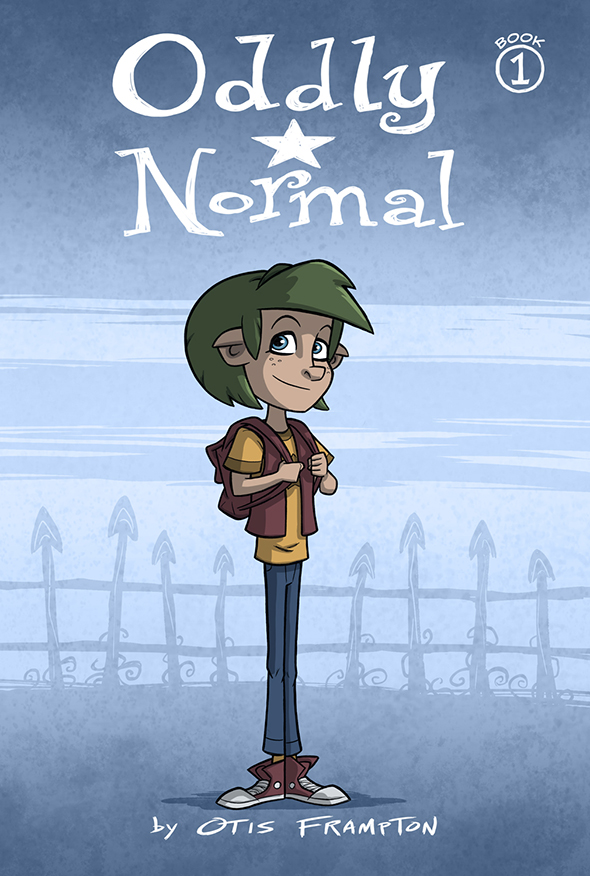
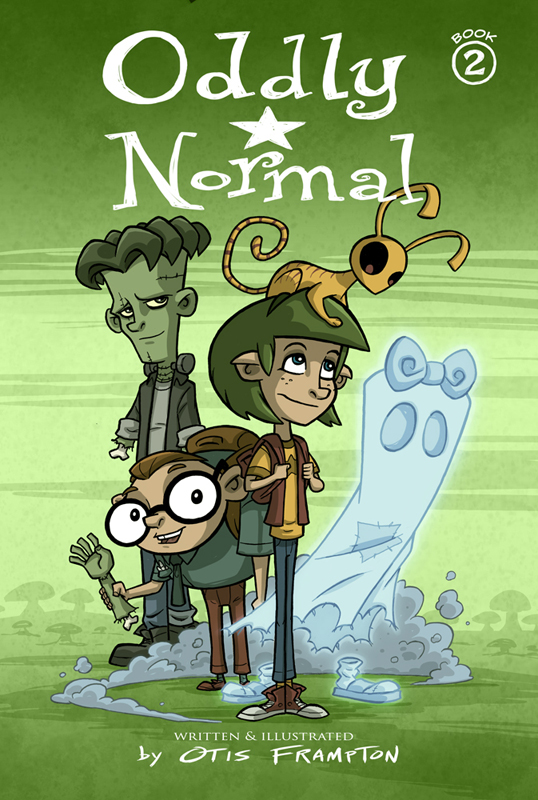
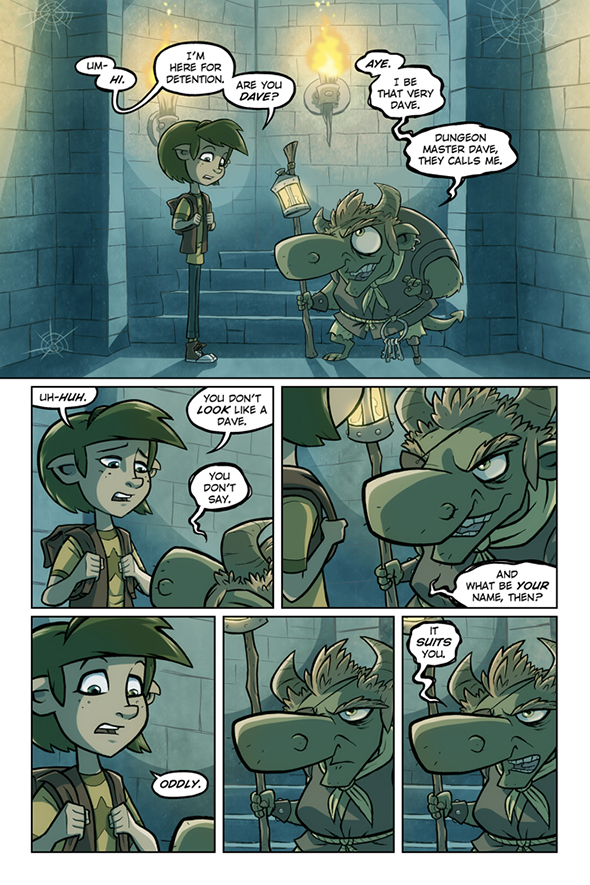
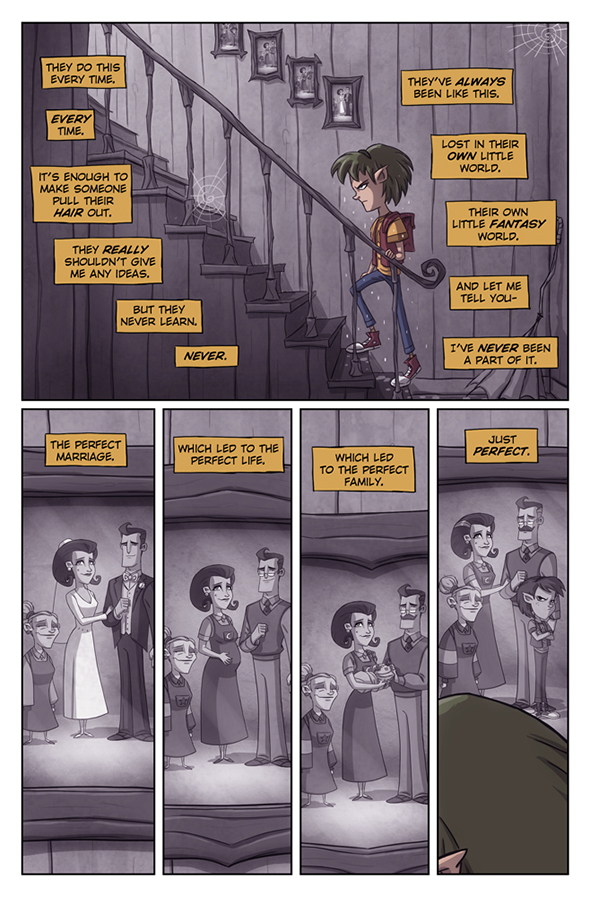
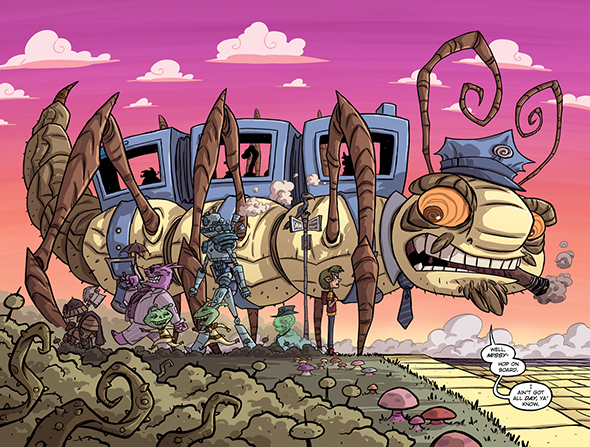
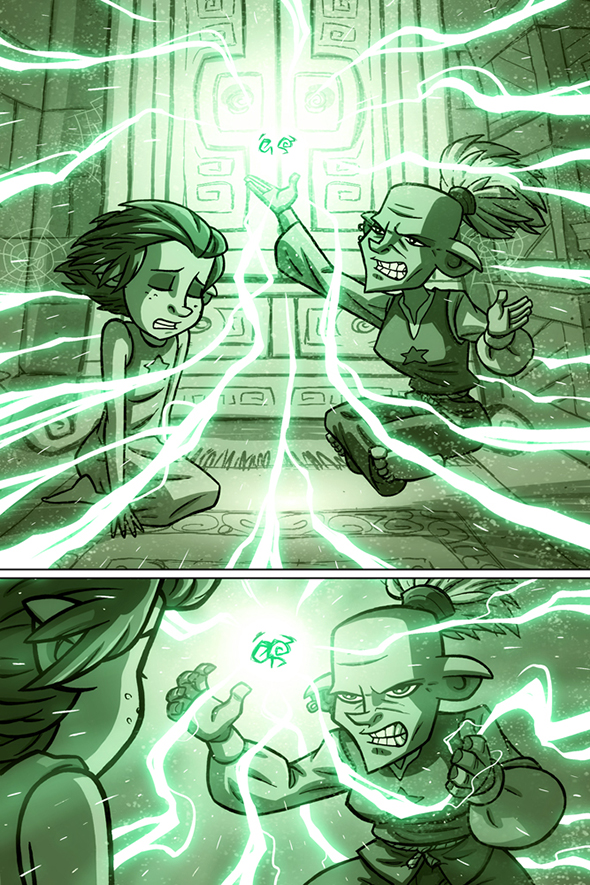
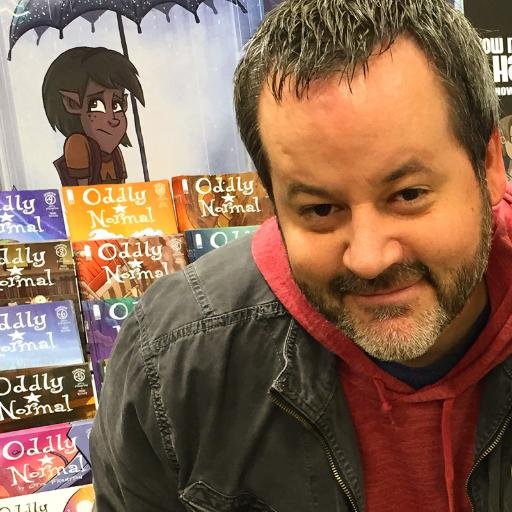

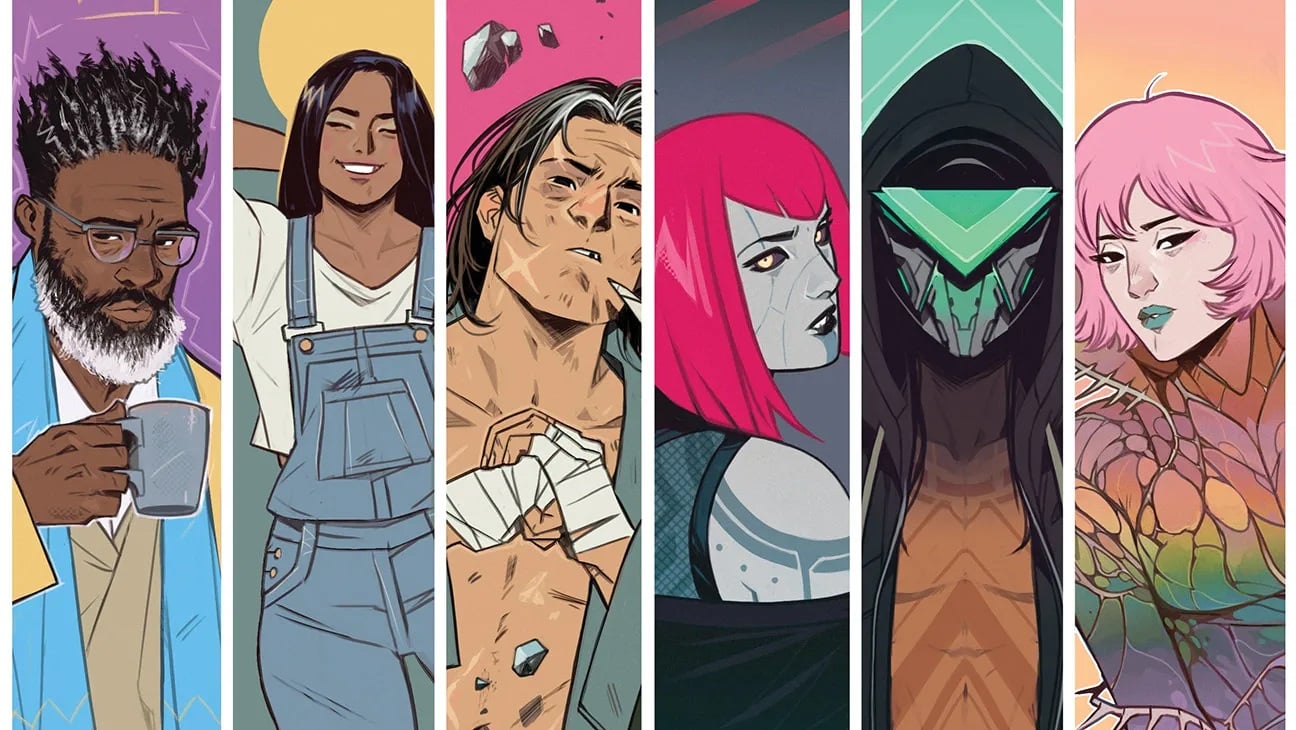

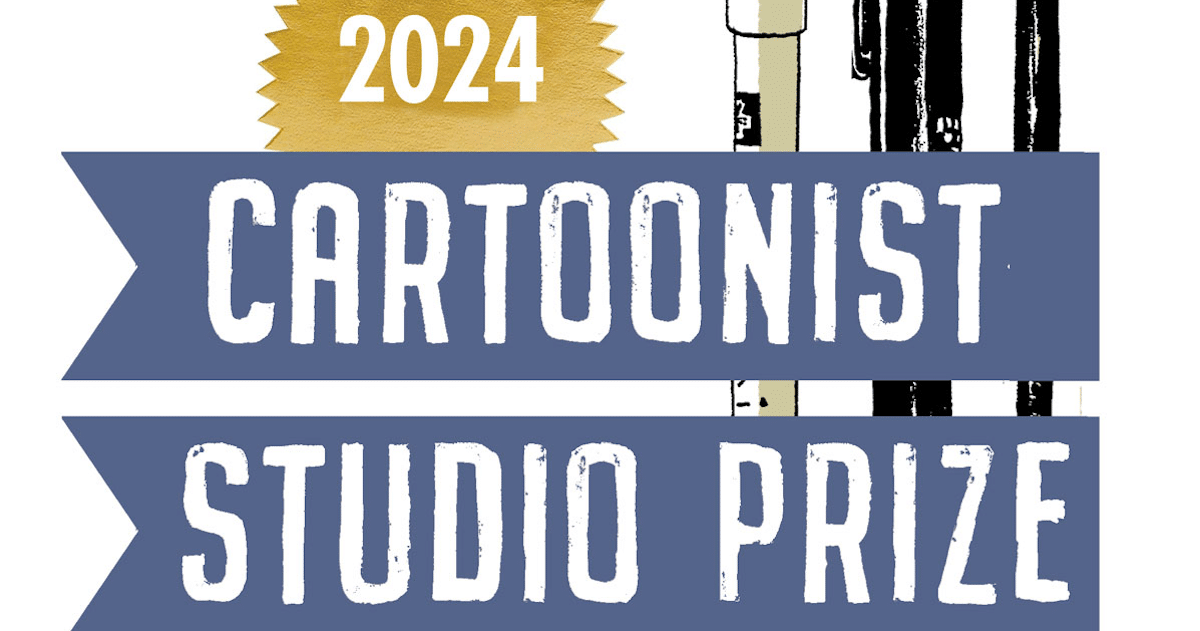


What you said made a bunch of sense. However, what about this?
what if you composed a catchier title? I mean, I don’t want to tell you how
to run your website, however what if you added a post title to maybe get people’s attention? I mean MATT CHATS: Otis Frampton on ‘Oddly Normal’ and its Atypical Journey to Publication — The Beat
is a little plain. You might look at Yahoo’s front page and see how
they create article titles to get people to click.
You might add a related video or a related picture or
two to get readers excited about everything’ve got to say.
In my opinion, it might bring your blog a little livelier.
Comments are closed.